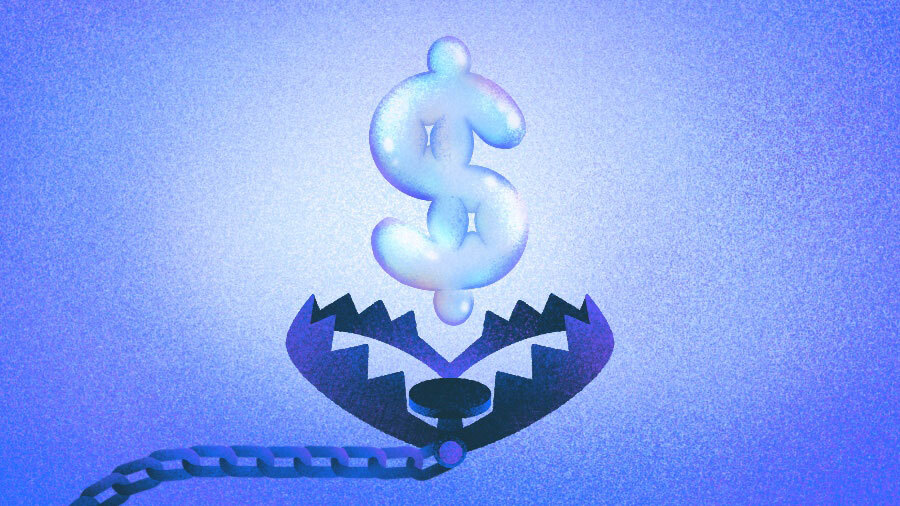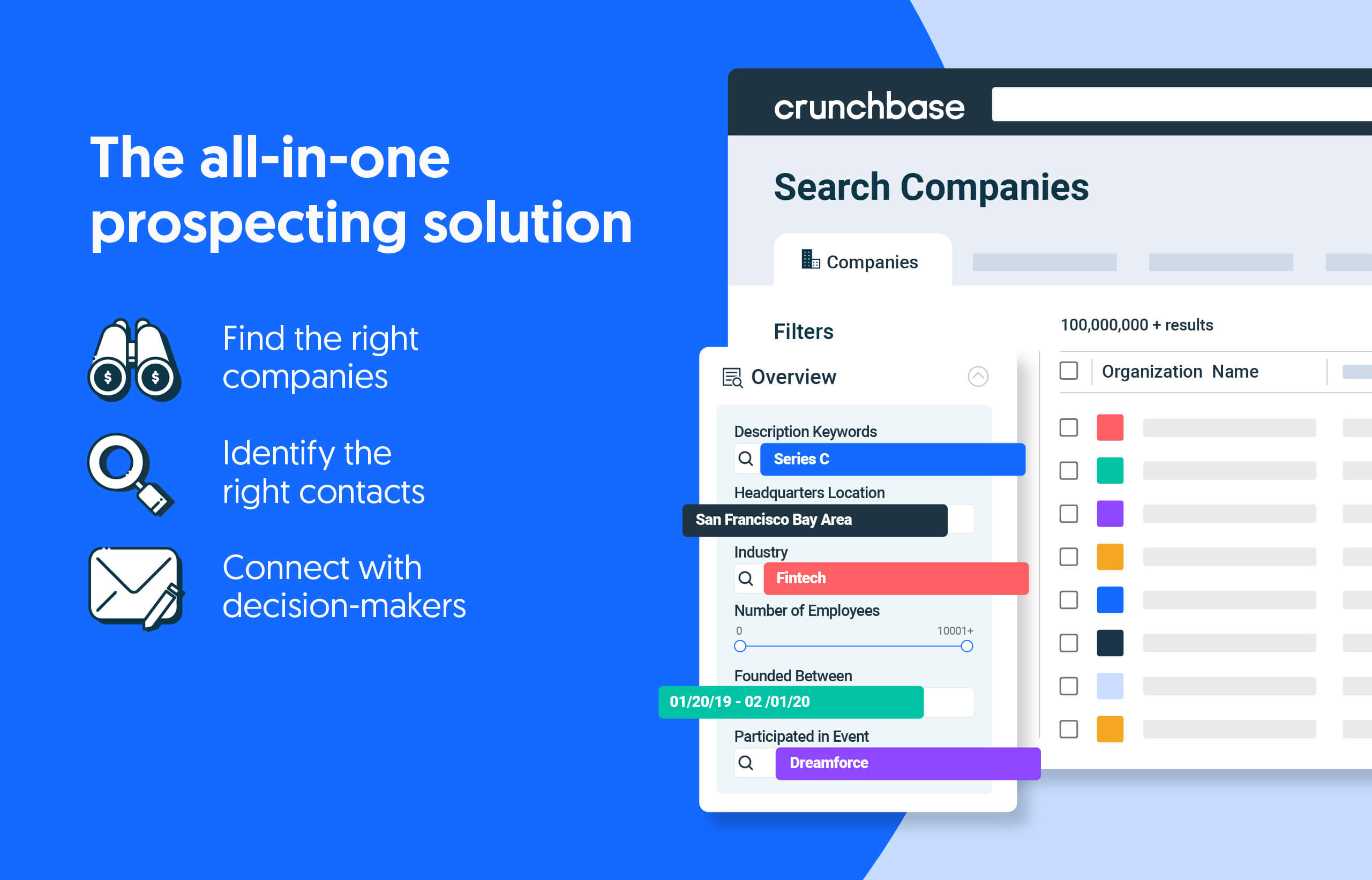When we look at recent declines in tech valuations, it’s tempting to turn to prior down markets for guidance on how a recovery might play out.
Over the past 25 years, two historic downturns stand out as possible comps. One is the financial crisis of 2008 and 2009. The other is the dot-com bubble, which popped in 2000 and 2001.
For tech investors wishing the current cycle would reverse, a repeat of the financial crisis doesn’t sound too bad. Tech stocks bottomed in early 2009, and by 2011, the tech-focused Nasdaq 100 index was back at its highest point in five years. After that, tech valuations went mostly straight up for the next 10 years.
A replay of the dot-com bubble, on the other hand, looks more worrisome. After peaking in March 2000, it took the Nasdaq 15 years to get back to that level.
Even the most enduring brands were slow to recover. Qualcomm stock took 20 years to get back to where it was in early 2000. It took Microsoft roughly 15 years. Cisco Systems has never retraced its bubble-era highs.
As for the hot startups of the day, a large share have been relegated to the dustbins of history, alongside their sock puppet mascots, automated grocery delivery offerings, and next-gen fiber optic networks.
Is this a downturn or a popped bubble?
Fast-forward a couple decades, and we see elements of history repeating. If we look at the past few quarters, much of what we’ve seen appears more reminiscent of the dot-com implosion than the financial crisis. Some of the key characteristics:
- Hot tech and tech-adjacent companies didn’t just go up incrementally. Many saw market caps increase several-fold over the course of just a year or two. Tesla, for instance, increased tenfold(!) between March 2020 and November 2021. Nvidia shares saw a sixfold increase over that time. Apple more than doubled. Google nearly tripled. And these were all already tremendously valuable companies before that.
- Companies debuting on the public markets were awarded bonkers valuations. Rivian, an electric carmaker with no mass-market product yet, went public at a valuation soon exceeding that of GM and Ford. Embark, a pre-revenue developer of self-driving truck technology, did a SPAC deal at a valuation over $5 billion before shutting down this year. Affirm, the buy now, pay later platform, debuted at 8x its current valuation … and the list goes on.
- Venture capital was on a historic binge. Global venture capital investment topped $643 billion at the peak in 2021, up 92% year over year. A whopping 586 new companies joined The Crunchbase Unicorn Board.
So when things went down, they had far to sink. If we’re in a popped bubble, that’s bad news for those hoping to just wait out a recovery.
Not quite Bubble 2.0
Bubbliness aside, this isn’t shaping up as a replay of the dot-com bubble.
Spiking asset prices weren’t only happening in tech. At the market peak in late 2021, companies in numerous sectors were way up, including asset managers, energy and real estate.
Another difference: Several of the biggest tech companies have avoided steep declines or even increased in value in recent quarters. Apple, for instance, is still pretty close to its record high, as is Microsoft. And Nvidia just broke its record high, after a stellar earnings report last week.
So, history won’t repeat itself exactly. But when it comes to the long list of relatively solid companies in SaaS and other sectors that saw valuations skyrocket to unsustainable levels, it wouldn’t be surprising if recovery was a long, slow slog.
Illustration: Dom Guzman

Stay up to date with recent funding rounds, acquisitions, and more with the Crunchbase Daily.





![Illustration of toast with $ toasted in. [Dom Guzman]](https://news.crunchbase.com/wp-content/uploads/Forecast-dollar-sign-300x168.jpg)


67.1K Followers